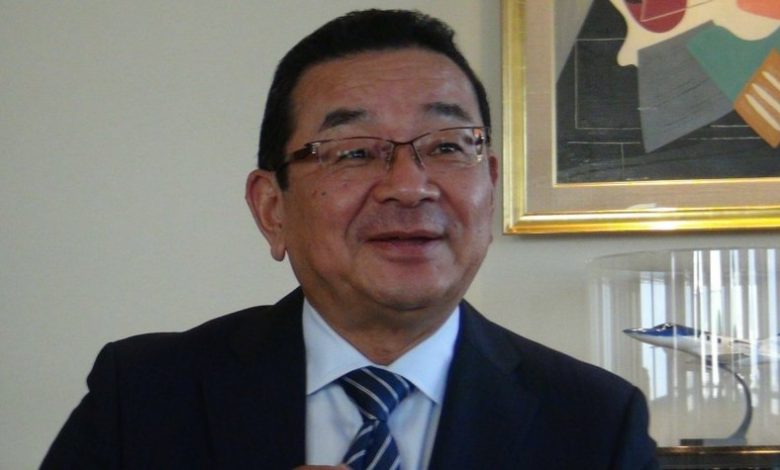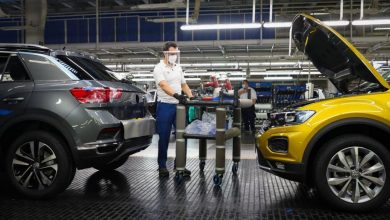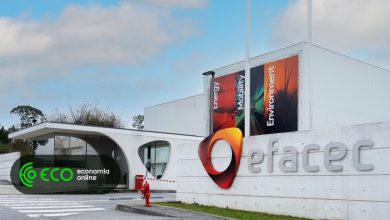
Honda CEO expects hybrids to outshine EVs
I believe hybrid vehicles will play a critical role. The objective is not electrification, per se, but improving fuel efficiency. And we believe hybrid vehicles are the way to abide by different environmental regulations.
What about full-electric vehicles?
We have a small equity investment in Cruise. Basically, we are not very active or aggressive in getting involved with Cruise’s business management. There is no personnel exchange. There is a division of labor between the two parties. Cruise is in charge of platform, which means they cover the chassis as well as the power unit and components related to steering. And Honda is in charge of non-platform, which encompasses two areas — interior and exterior design, and engineering. At the end of the day, I hope we are able to learn from this endeavor.
Honda’s overarching objective is to make cars accident-free. To achieve this, we need to reduce human error from human decision-making, and we need to relieve driving fatigue and make driving more comfortable. Thus, we are focusing on Honda Sensing, and we will improve each and every element of Honda Sensing as we go forward. Right now, concerning the technologies, we have well-established expertise in automatic lane changing and also in hands-off steering. We have established these technologies, but at the same time, you have to think about what the social demand is and what legal environment we have to operate in. Now is the time for us to ponder how we can introduce these services to the market. We are looking at the right timing and the right vehicle model.
How does Honda plan to position these technologies?
Our plan is to cascade Honda Sensing down to mass-market models such as the Civic and Accord. Instead of going for a setup that requires expensive radars or lidars, we would like to develop these functions in an affordable price range. When it comes to Level 3, you will need a more expensive ADAS system to realize this. We will be cautious in trying to identify what vehicle model will be optimal for this. So, I don’t have any timeline or any vehicles decided for Level 3 autonomous driving.
Japan’s auto industry is consolidating. How much longer can Honda remain independent?
Basically, we do not have any intention of having a capital tie-up. The reason is, once we have a capital tie-up, that other party will have some voice in our management, which means in some instances, we may not be able to move in the direction we want. So how will we survive in this environment? One example is our relationship with GM, which is a win-win collaboration and not a capital tie-up. We work together on hydrogen fuel cell stacks, electric car components as well as Cruise. We are open to this type of partnerships. We would like to be capital independent. As long as we can keep coming up with new proposals, I believe that given our company’s size, we can continue to have a viable business in the future.
Next year, Honda launches a new global vehicle architecture. Can you update us on specifics, such as cost savings, performance enhancements and manufacturing flexibility?
The production side, development side and partners will all derive merits. The concept is to divide the architecture into different zones. So that means man-hours can be reduced. We aim to reduce development man-hours by 30 percent by 2025. We will be able to simplify and also make production more efficient. By 2030, we want to reduce internal factory costs by 10 percent.
How much longer will you stay at the helm, and what are you doing to groom successors?
Font: Automotive News Europe





